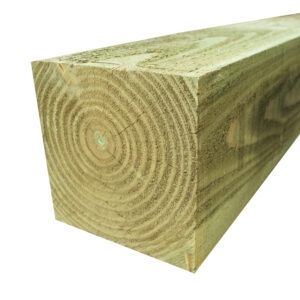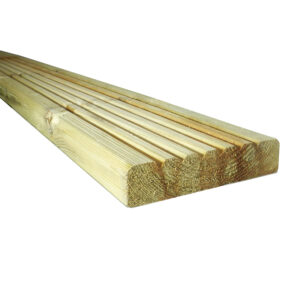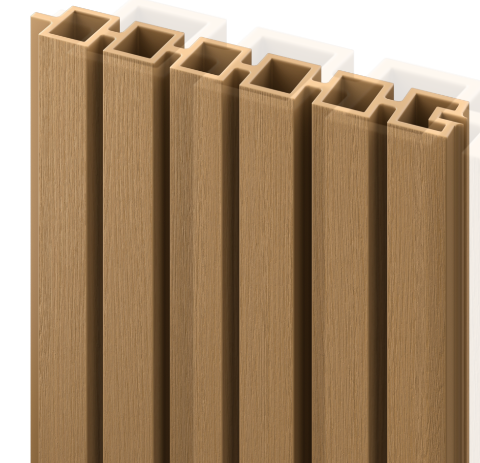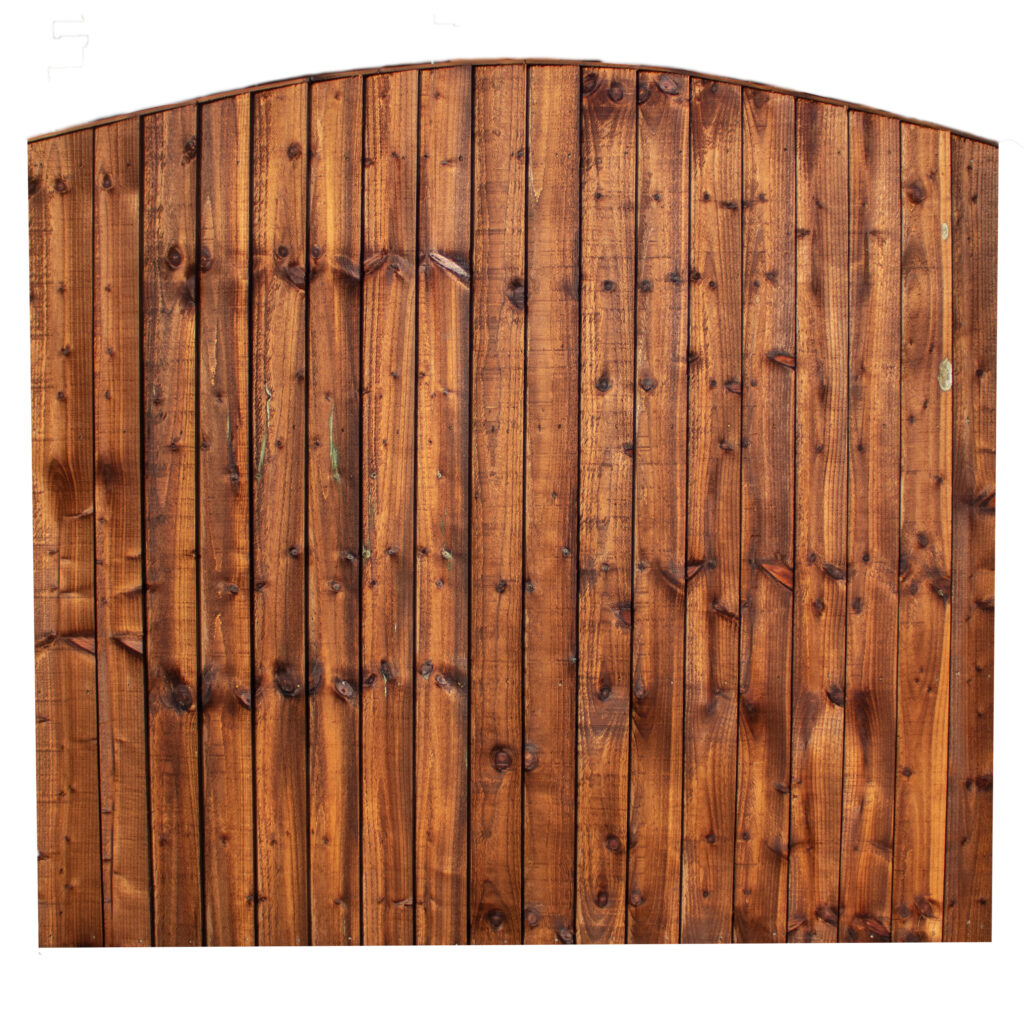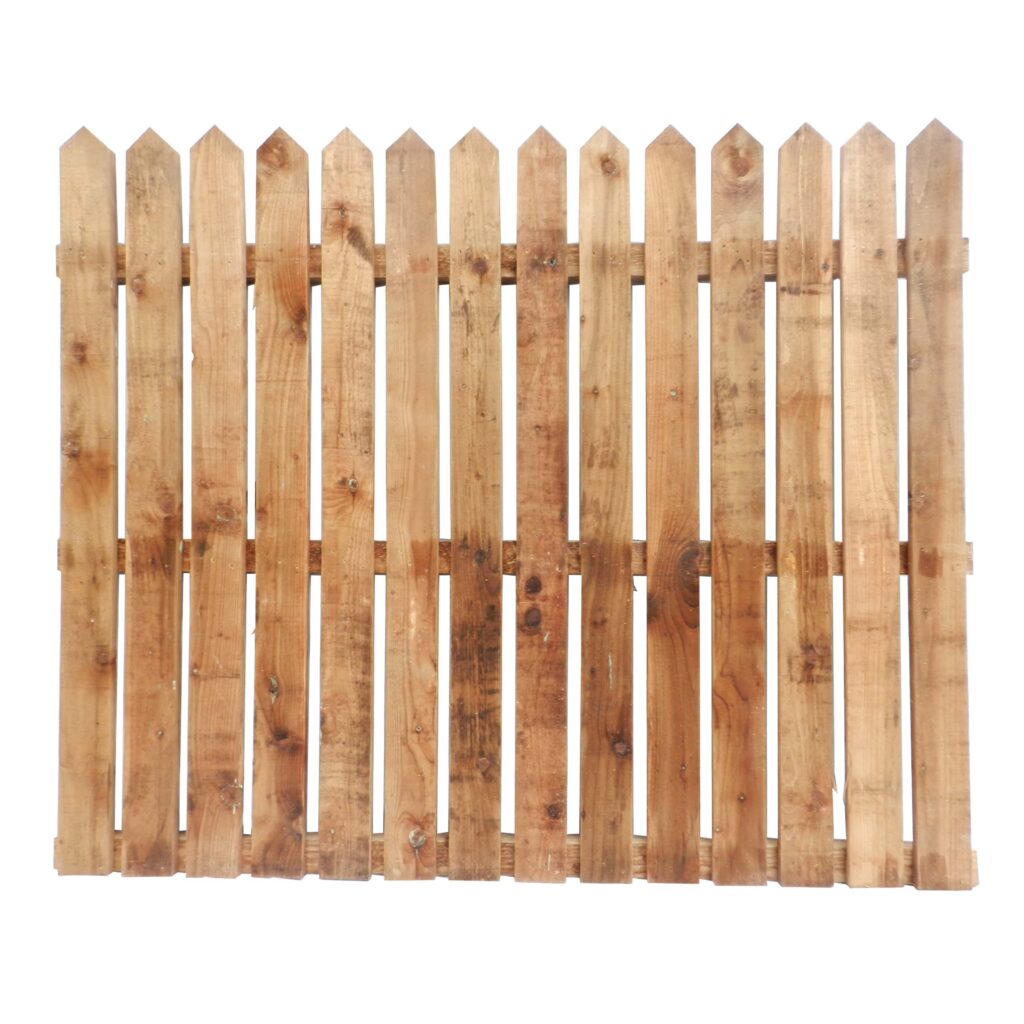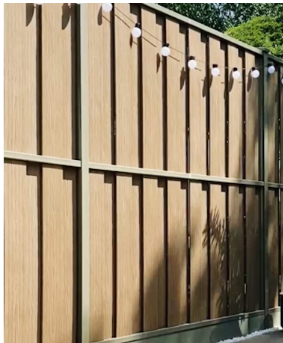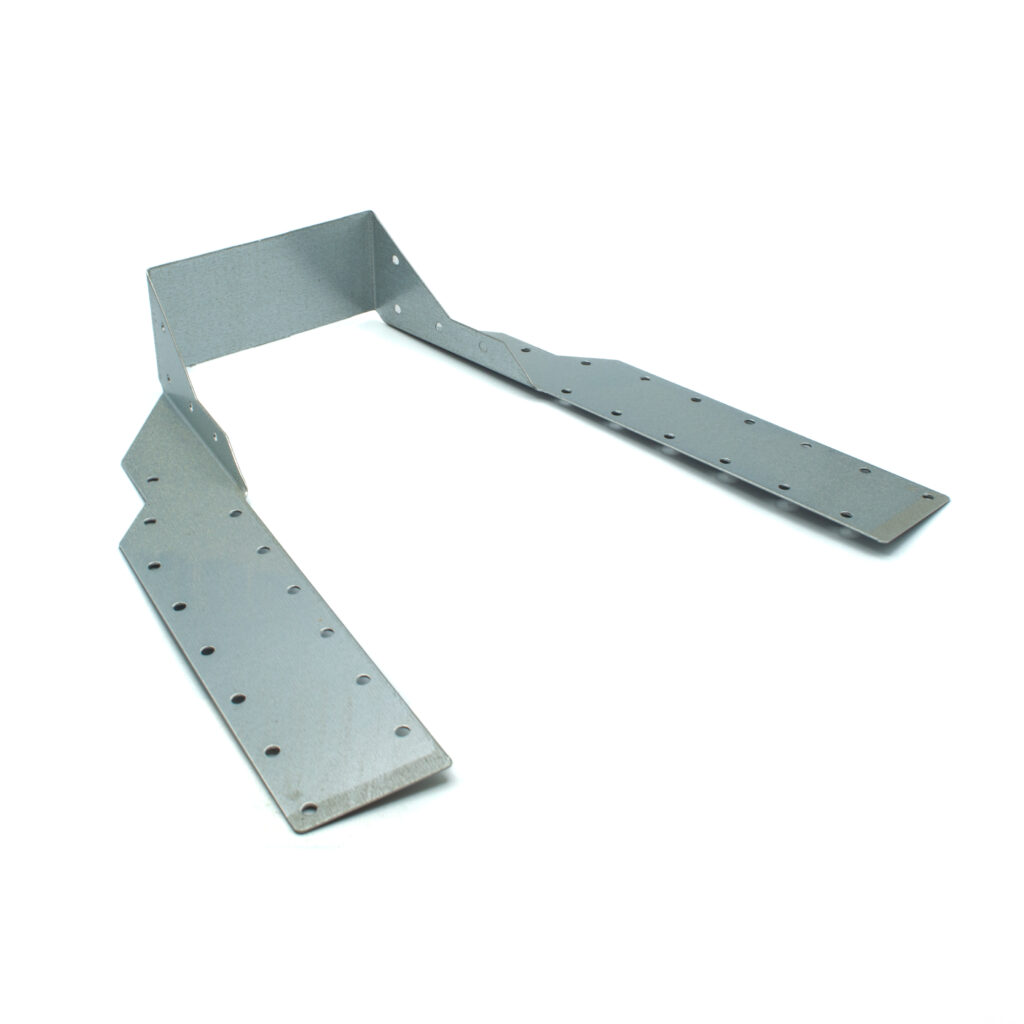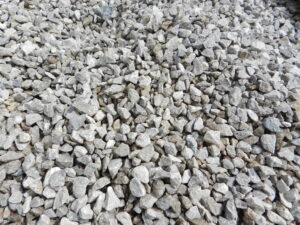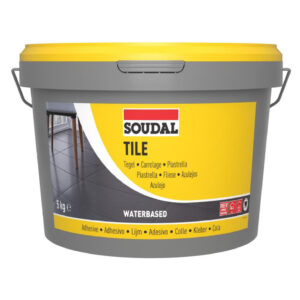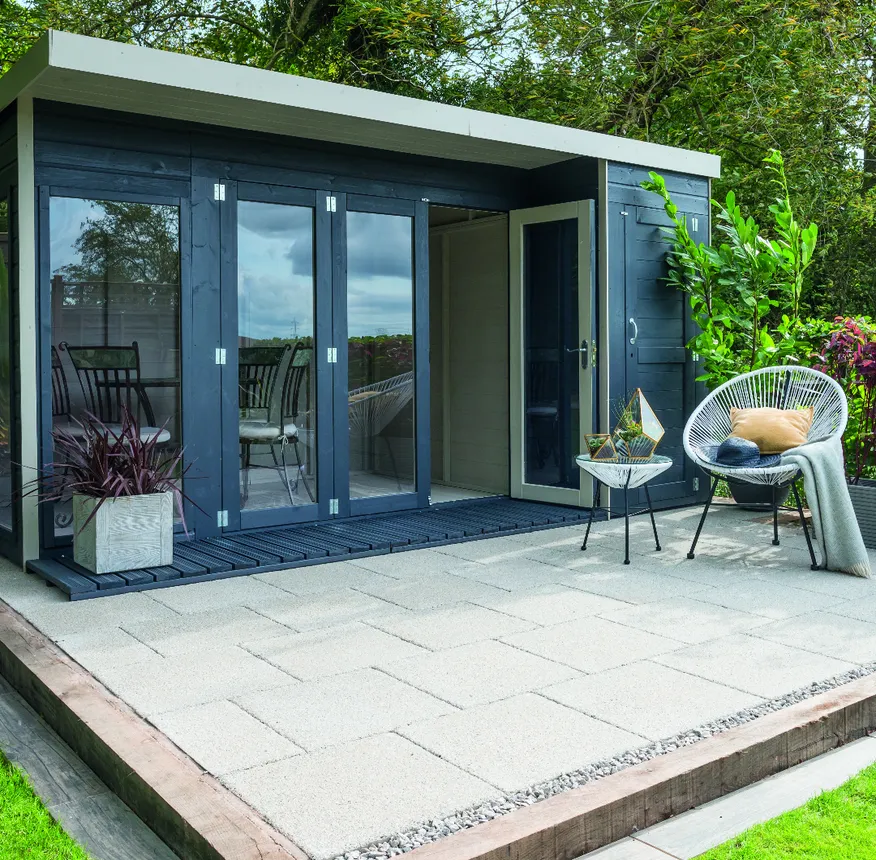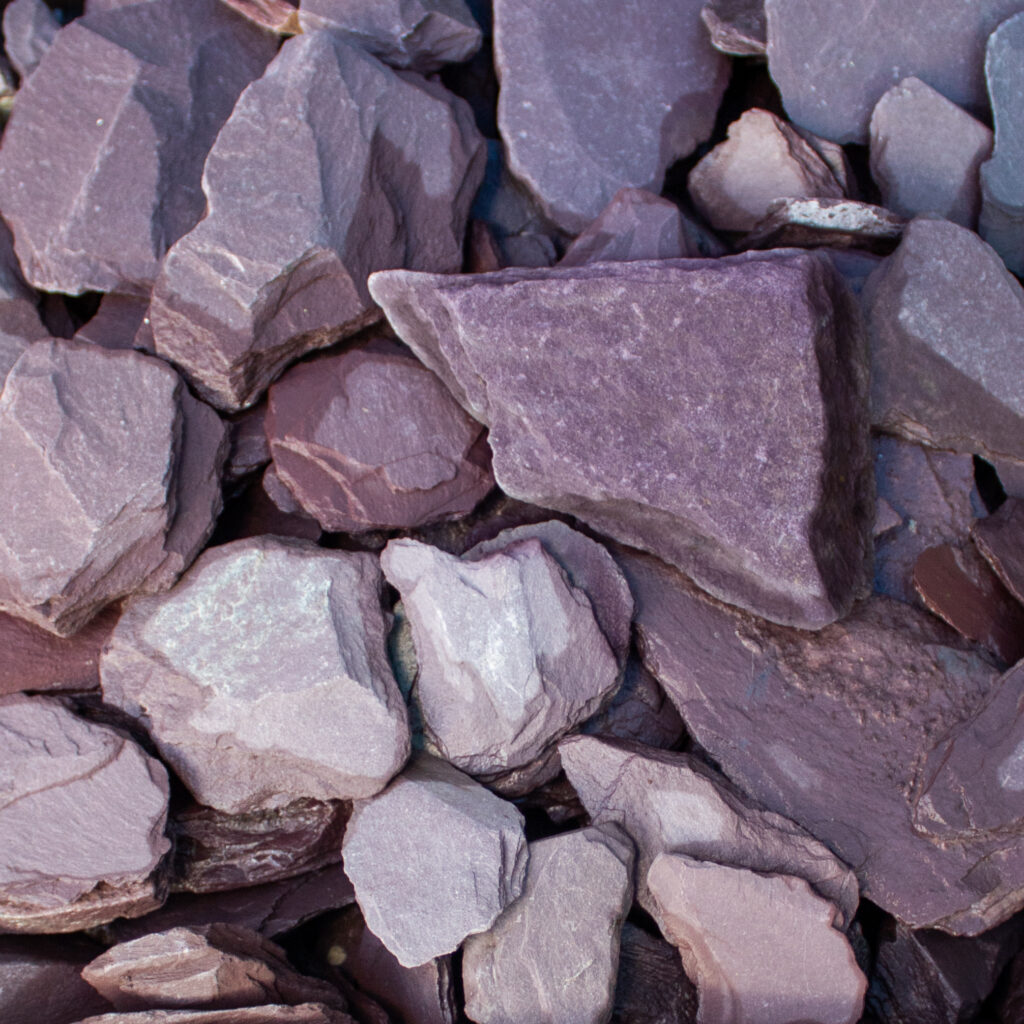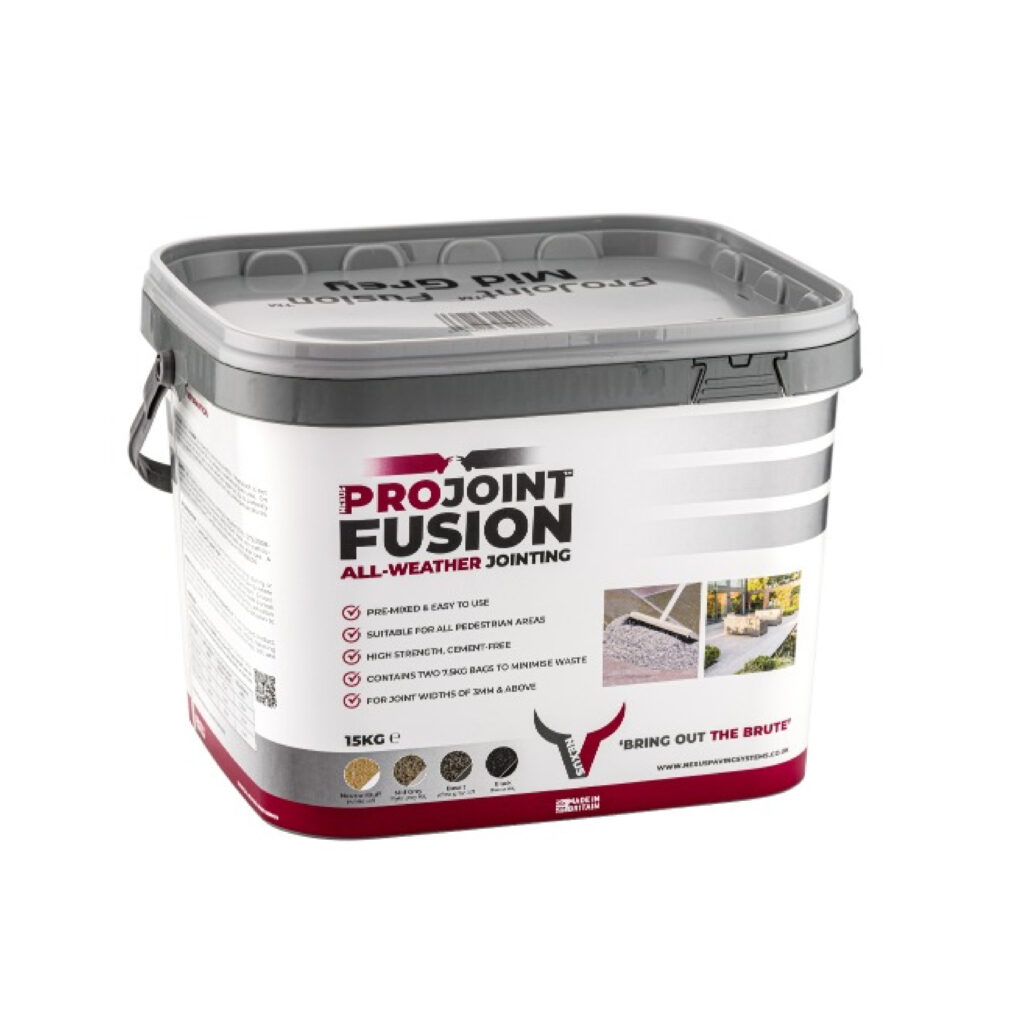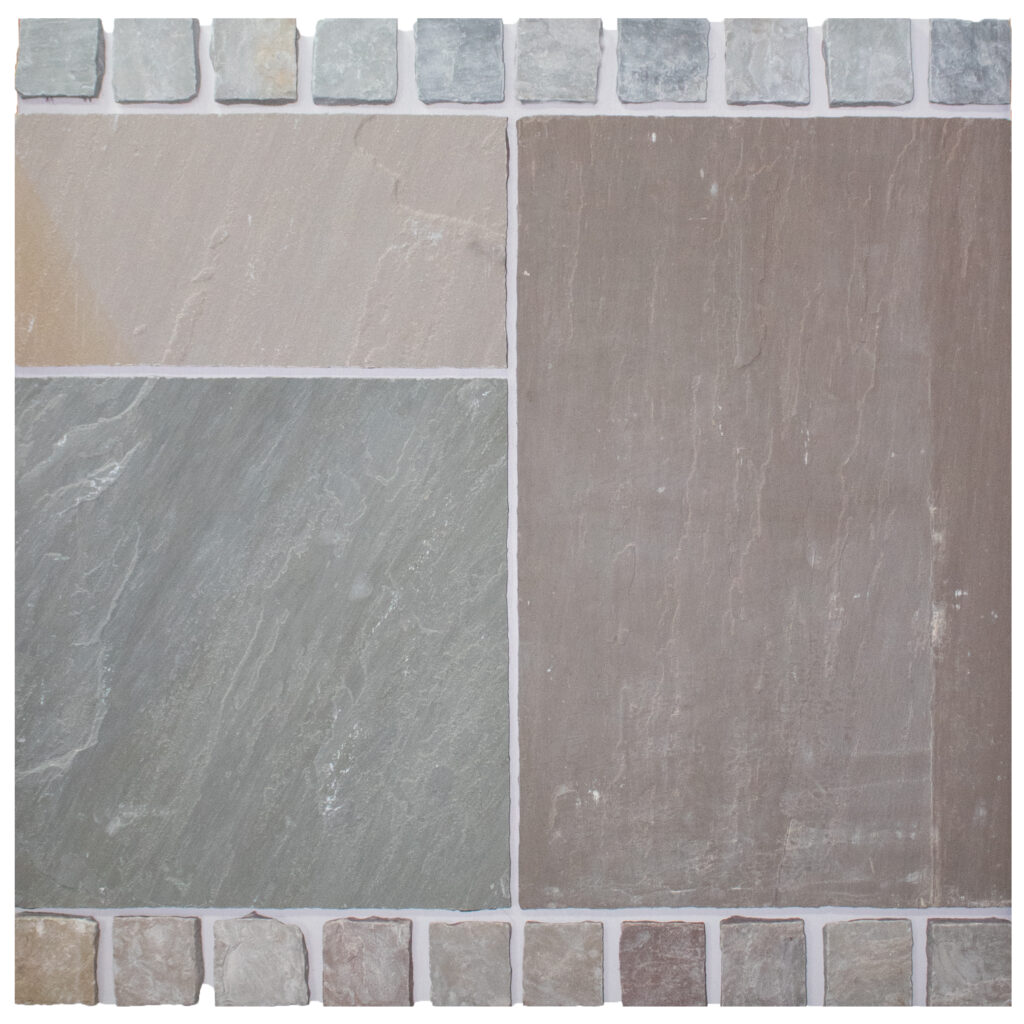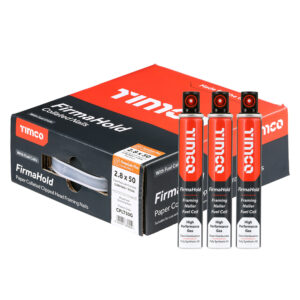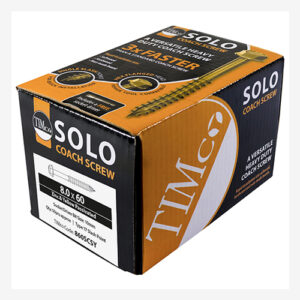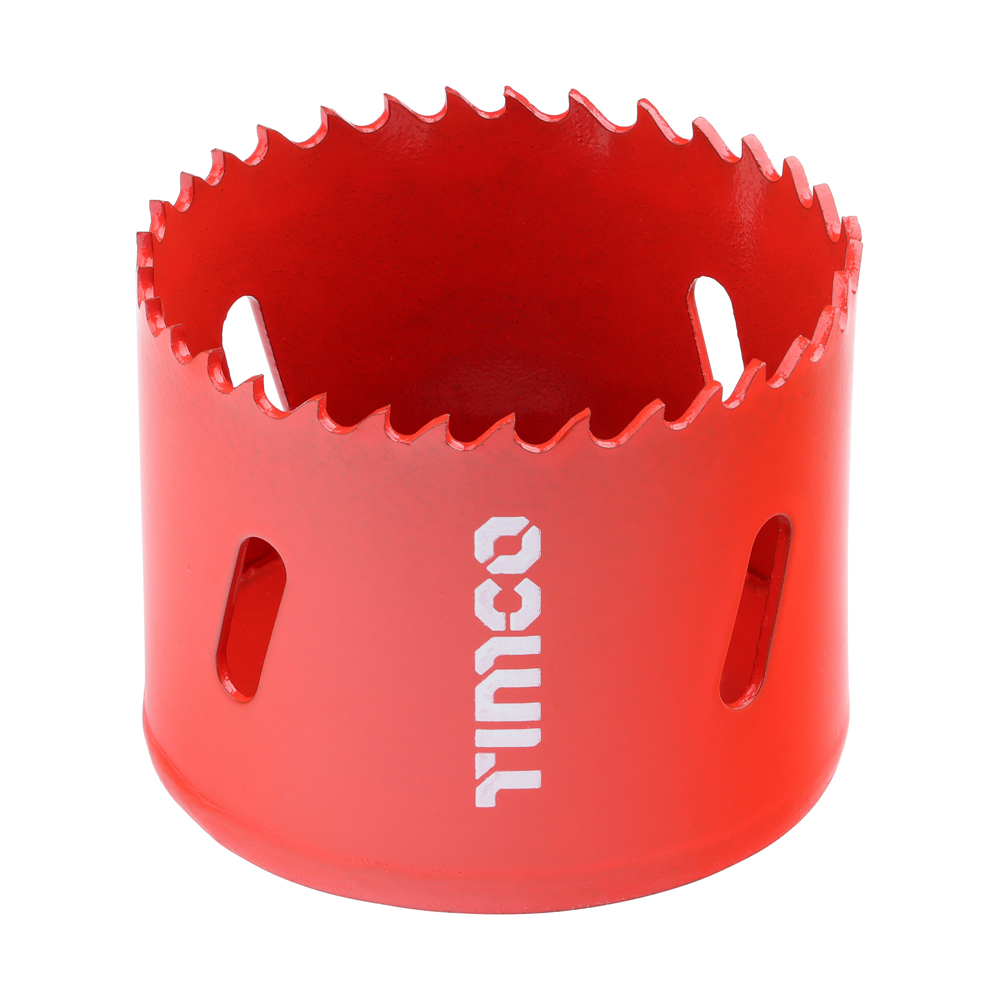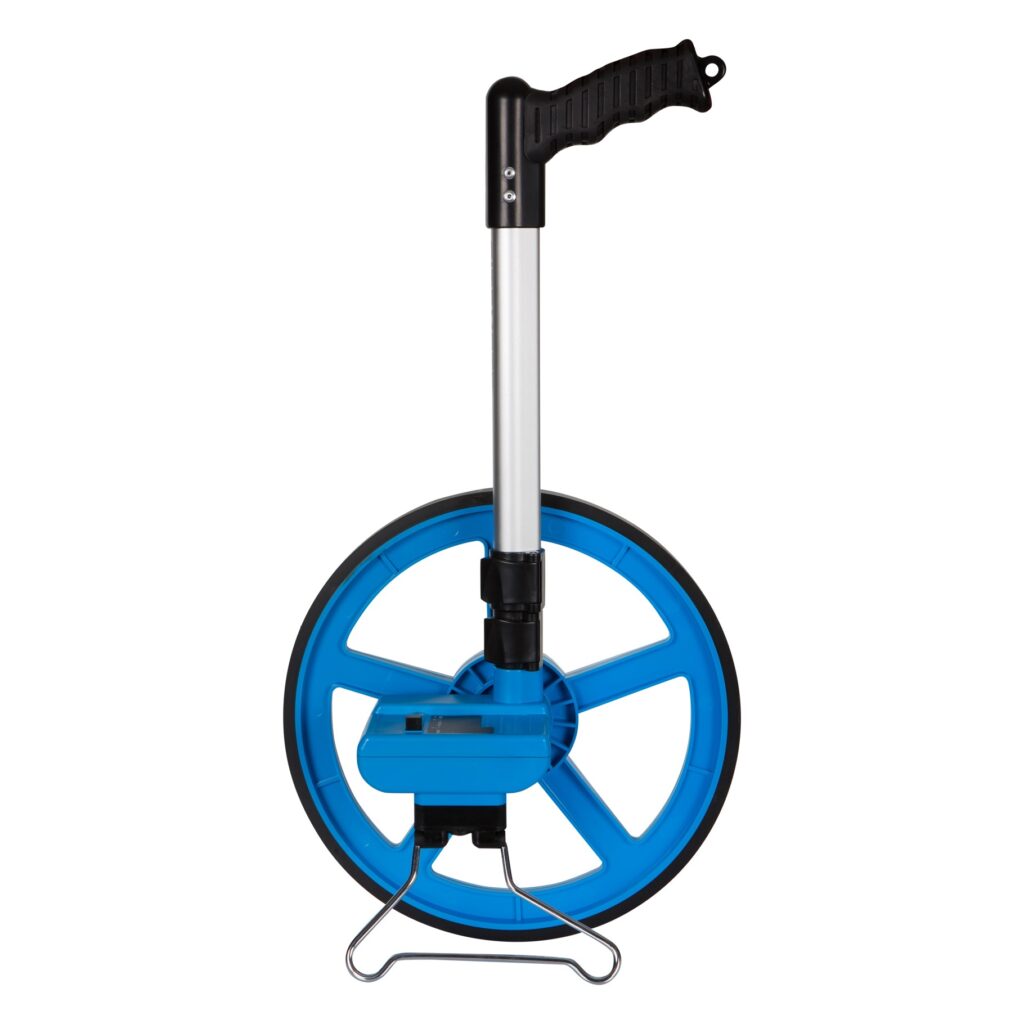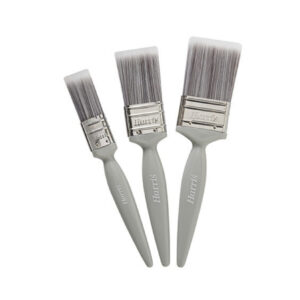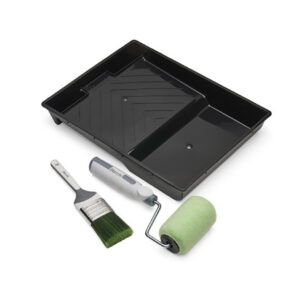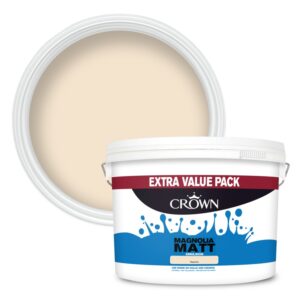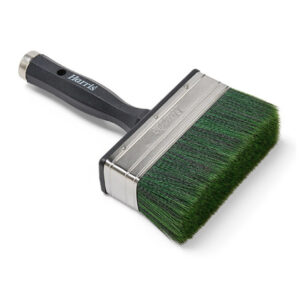How do I damp-proof my shed?
It’s a question that’s on every ‘sheddie’s’ lips. But the answers are scattered far and wide across the internet. So, if you’ve got a garden shed or office that you want insulated and damp-proofed – you’re in the right place.
What is damp?
Damp is the presence of moisture, mildew, and mould in buildings. Damp can occur in sheds due to external (e.g. rain) or internal (e.g. condensation) factors. If left untreated, it can damage your wooden shed and cause health problems.
What causes dampness?
Damp is caused by excess moisture. This moisture can come from:
- A leaky roof
- Rising damp
- Damage to windows
- Rain and groundwater ingress
- Condensation
Why is my wooden shed damp?
One of the main causes of dampness in garden sheds is interior condensation. Factors that can affect dampness in a shed are:
- Single-glazed windows – With direct contact with the outside air.
- Rising damp – From water absorbed by groundwork in a concrete base.
- Leaks – From guttering and/or roofing.
- Treated air – Heated or air-conditioned inside air differs from the outside temperature.
Dampness in a wooden shed can be made worse in winter. This is due to colder air outside and less regular aeration – with windows closed against the cold.
Why is damp bad for wooden sheds?
Damp is a health risk and a concern for outdoor structures like garden sheds, wood, or timber; it is one of the most susceptible materials to damage by moist conditions. These conditions can also be worsened by bouts of wet weather and poor airflow in sheds.
The results can be:
- Premature rot
- Mould on walls and roof
- Warping and sagging of timber
These are not just bad for wooden garden sheds, but they’re potentially dangerous, too. Rot and sagging timber can make your outdoor shed structurally unsound.
How do I prevent mould in my shed?
- Keep it ventilated: Open doors and windows or install vents. Doing so allows moisture to diffuse from high to low concentration (i.e. inside to out).
- Insulate it: Maintain your shed’s interior temp. And provide a layer to stop condensation from hitting surfaces.
- Seal gaps: Caulk your shed’s base. Use a draught excluder. Spray windows with expanding foam.
- Guttering: Install guttering for run-off and prevent moisture from leaking through the roof.
- Membrane: Consider installing a vapour membrane between your shed’s framing.
- Get a hygrometer and dehumidifier: A hygrometer measures humidity. Meanwhile, a dehumidifier will treat air and remove excess moisture.
How do I stop my shed from going mouldy?
The best way to treat mould in a damp shed is to stop it from forming. Still, to treat shed mould or stop your shed from going mouldy, follow these steps:
- Remove everything from your shed. You can use this stage to check furniture and tools for dampness and mould.
- Check your shed’s base for spills and the roof/walls for leaks.
- Fill a spray bottle with a diluted bleach solution (1 part bleach to 4-10 parts water). Wear gloves and old clothes. Open all shed doors and windows and treat mould with spray and a sponge.
- Leave your shed to air out for a full day if possible.
- Apply shed treatment and pesticide to the outside timber of your shed.
- Leave the building to air.
- Respray affected areas with a diluted vinegar spray. You can add a fragrance to combat the smell of vinegar.
- (Optional) Leave open containers of baking soda or a dehumidifier in your shed.
How do I insulate my shed?
Shed insulation allows for consistent temperature regulation. This means you can keep warm air in and keep cold air out.
You can consider changing or adding additional cladding to insulate your shed better:
Plywood
The good thing about plywood is that it comes in varying thicknesses. Plywood will prove sufficient for wall-boarding. Plus, it’s tough and durable.

